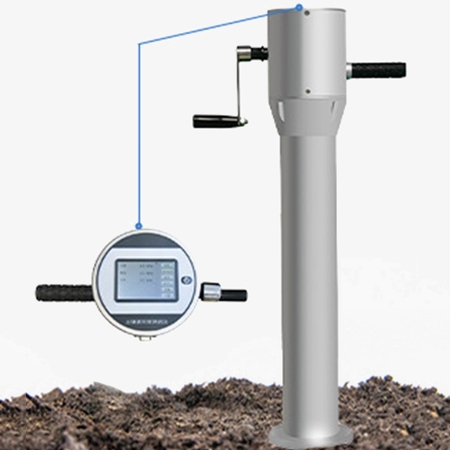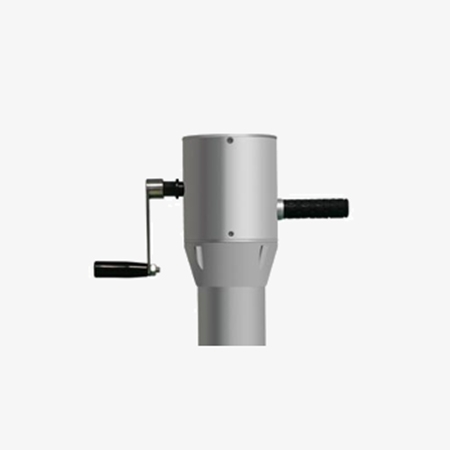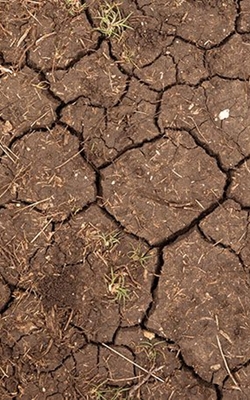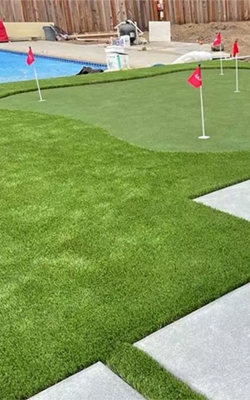The SISCO soil penetrometer compaction tester can be used for field measurement of soil compaction. Compacted soil can prevent water infiltration, reduce fertilizer utilization, affect plant root growth, and lead to crop yield reduction. Therefore, knowing the compactness of the soil is particularly important, and this instrument can better guide agricultural production and highway construction.

Color screen display
- The digital soil penetrometer can be a joystick, integrated, color screen host, with GPS.
- Real-time pressure and displacement display, equipped with an automatic shutdown function.
- Convenient storage, capable of storing up to 100 sets of data.

Rapid and reliable detection
- The soil penetrometer compaction tester equipped with a data upload function: connected to the computer through a DB9 interface, the upper computer software has storage and printing functions
- It is built with a GPS positioning and depth measurement system, which can simultaneously display soil compaction, measurement depth, and geographic location.
Application
The soil compaction tester is mainly used to measure the compactness of soil, to evaluate the influence of soil structure on crop root growth, water infiltration, and soil aeration. It is applied in the fields of agriculture, horticulture, and greening engineering, infrastructure and construction engineering, and teaching and education.
 Agricultural Soil Testing
Agricultural Soil Testing
 Turf & Landscaping
Turf & Landscaping
 Environmental Study
Environmental Study
 Construction Site Evaluation
Construction Site Evaluation
| Model | SISCO-SCT-JSD4Y |
| Accuracy | ±1% |
| Measurement Depth | 0~375mm |
| Maximum Load | 10000Kpa |
| Resolution | 0.1Kpa |
| Output Interface | DB9 socket |
| Power Supply | 3.7V lithium battery |
| Charger | Input:AC100~240V50/60HZ |
| Output: DC5V1000mA | |
| Operating Temperature | -10 ℃~+60 ℃ |
| Working Hours | Approximately 10 hours |
Packing list
- 1*Pedal
- 1*Rubber gloves
- 1*Handwheel handle
- 2*Straps
- 4*Cross groove countersunk head screw M6*12
- 1*Charger
- 1*Instructions
- 1*Certificate of inspection
- 1*Certificate of conformity
Q1: What is a soil penetrometer compaction tester used for?
A1: A soil penetrometer compaction tester is used to measure the soil compaction level or resistance to penetration. It helps determine if soil is too compacted for optimal root growth, water infiltration, and aeration—important in agriculture, turf management, and construction.
Q2: How does the soil penetrometer work?
A2: It works by manually pushing a probe into the ground. As the probe penetrates the soil, resistance is measured—typically displayed on a gauge (mechanical or digital). The reading indicates the soil compaction level in psi or kPa.
Q3: What is the ideal soil compaction reading of the soil penetrometer compaction tester?
A3: The ideal soil compaction reading depends on the specific engineering requirements and soil type.
- 0–200 psi (0–1.4 MPa): Ideal for most crops and turf.
- 200–300 psi (1.4–2.1 MPa): Moderate compaction; may restrict some root growth.
- 300+ psi (2.1+ MPa): High compaction; likely to restrict root development, water movement, and aeration.
Tips: What are the techniques for using the soil penetrometer compaction tester?
- Maintain stable force application: Slowly and evenly advance the probe vertically to avoid strong pressure and ensure accurate data.
- Humidity affects reading: When the soil moisture is high, the resistance is small. It is recommended to maintain consistent soil moisture during field testing or after irrigation.
- Clean the probe: Clean the soil promptly after testing to avoid affecting its next use or rusting.
- Multi-point measurement and averaging: Select at least 5 points per plot and take the average to determine the compaction situation.
- Recording and Marking: During use of the soil penetrometer compaction tester, record the pressure value at every 10cm depth and indicate the location, which will help with later analysis and improvement suggestions.
Thank you for buying industrial test and measurement equipment on SISCO.com, all products sold by SISCO and the partner cover a 12 months warranty, effective from the date of receiving the products.
What is covered?
SISCO is responsible for providing free spare parts, and free technical support to assist the customer to repair the defective products until the problem is solved.
What is not covered?
- Product purchased from anyone other than a SISCO store or a SISCO authorized reseller.
- Expendable parts.
- Routine cleaning or normal cosmetic and mechanical wear.
- Damage from misuse, abuse or neglect.
- Damage from use of parts other than SISCO approved.
- Damage from use outside the product’s usage or storage parameters.
- Damage from use of parts not sold by SISCO.
- Damage from modification or incorporation into other products.
- Damage from repair or replacement of warranted parts by a service provider other than a SISCO authorized service provider.
- Damage caused by the application environment not meeting the product usage requirements and the failure to perform preventive maintenance.

